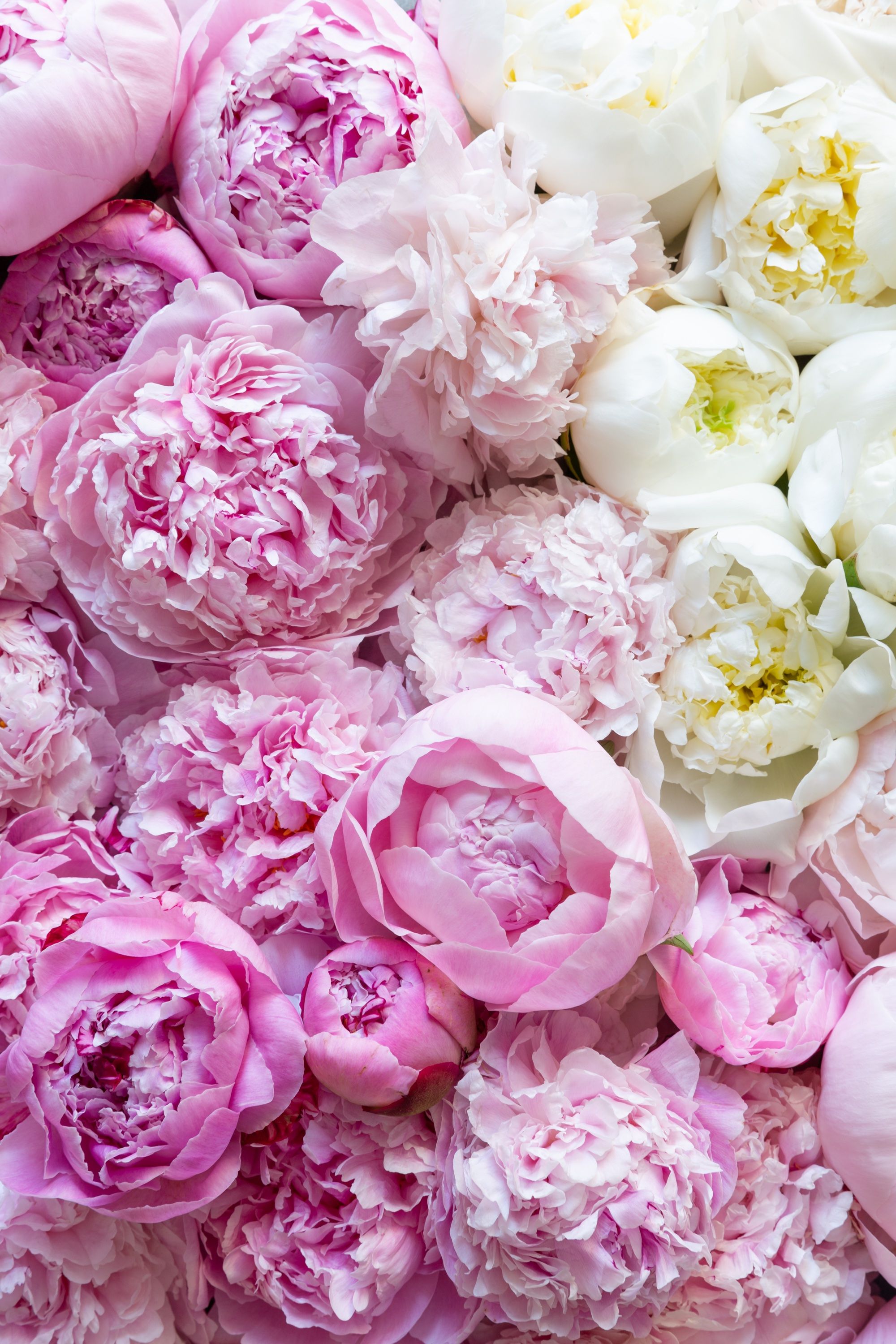Peony (Paeonia): A Guide to Its Types and Splendor
The peony (Or Peonies), characterized by its delicately layered petals and enchanting fragrance, has long been a favorite among gardeners and flower enthusiasts. These enduring perennials have earned a special place in many cultures, particularly in their indigenous habitats of Asia, Europe, and Western North America. Boasting lush blooms in various dazzling colors, peonies (genus Paeonia) undeniably stand out as the garden's shining stars.
With their voluminous blooms and a range that spans a spectrum of colors, peonies (genus Paeonia) are indeed the crown jewels of the garden.

The History of Peony (Peonies/Paeonia)
For millennia, peonies have been a significant part of history. Their roots run deep in Asian traditions, especially in China, where they are revered as the "king of flowers," representing prosperity, respect, and distinction. The historic city of Luoyang in China even celebrates these blooms with a renowned yearly peony festival.
As peonies went from the East to the West, they became symbolic of botanical discovery and appreciation. Beyond flourishing in European and North American gardens, these flowers have been muses for artists, poets, and myriad garden landscapes.
Types of Peonies
Peonies can be broadly categorized into three main types based on their growth habit and flower form:
Herbaceous Peonies: These are the classic garden peonies that die back to the ground each winter. They bloom in late spring to early summer, showcasing large, fragrant flowers on sturdy stems. Some popular varieties include 'Sarah Bernhardt' (pink), 'Karl Rosenfield' (red), and 'Duchesse de Nemours' (white).

Tree Peonies: Unlike herbaceous peonies, tree peonies are woody shrubs that retain their structure year-round. They bloom earlier in the spring and are known for their enormous, often plate-sized flowers. Their color range includes rich purples, reds, yellows, and some striking bi-colors. Some notable varieties are 'High Noon' (yellow) and 'Guardian of the Monastery' (lavender).
Itoh or Intersectional Peonies: These cross between herbaceous and tree peonies, inheriting the best qualities from both. Itoh peonies have a bushy growth habit, with strong stems that don't require staking. They boast a prolonged blooming period and come in a variety of shades. Some beloved Itoh varieties are 'Cora Louise' (white with purple flares) and 'Bartzella' (yellow).
Colors and Fragrance of Peonies
Peonies are celebrated not just for their forms but also for their array of colors and fragrances. From pristine whites, soft pinks, and deep reds to lovely corals and sunny yellows, there's a hue for every garden palette.
The scent of peonies varies across varieties, but many exude a sweet, rosy, and often intoxicating fragrance. It's not unusual to find gardeners and visitors alike bending down to take a whiff of these aromatic wonders.
Growing Peonies
Growing peonies is a rewarding experience, offering lush blooms and fragrant rewards. To ensure your peonies flourish, they must have following:
Sunlight: Peonies require full sun but can tolerate light shade.
Soil: Plant them in well-draining soil. Heavy, saturated soils can lead to root rot.
Spacing: Ensure you give them space to grow. They don't like competition and should be planted away from trees and large shrubs.
Watering: Water regularly, but avoid overhead watering, which can lead to fungal diseases.
Fertilizing: A balanced fertilizer in spring can help boost their growth.
Peonies are timeless beauties. Whether you're a seasoned gardener or just beginning your botanical journey, these flowers will surely bring joy and elegance to your garden. Their resilience, combined with their captivating blooms, makes peonies a cherished plant in parks across the world. Whether you opt for the classic charm of herbaceous peonies, the stately presence of tree peonies, or the innovative allure of Itoh peonies, you're in for a horticultural treat.




